Home>Furniture & Design>Interior Design Trends>Which Iphones Have Glass Backs
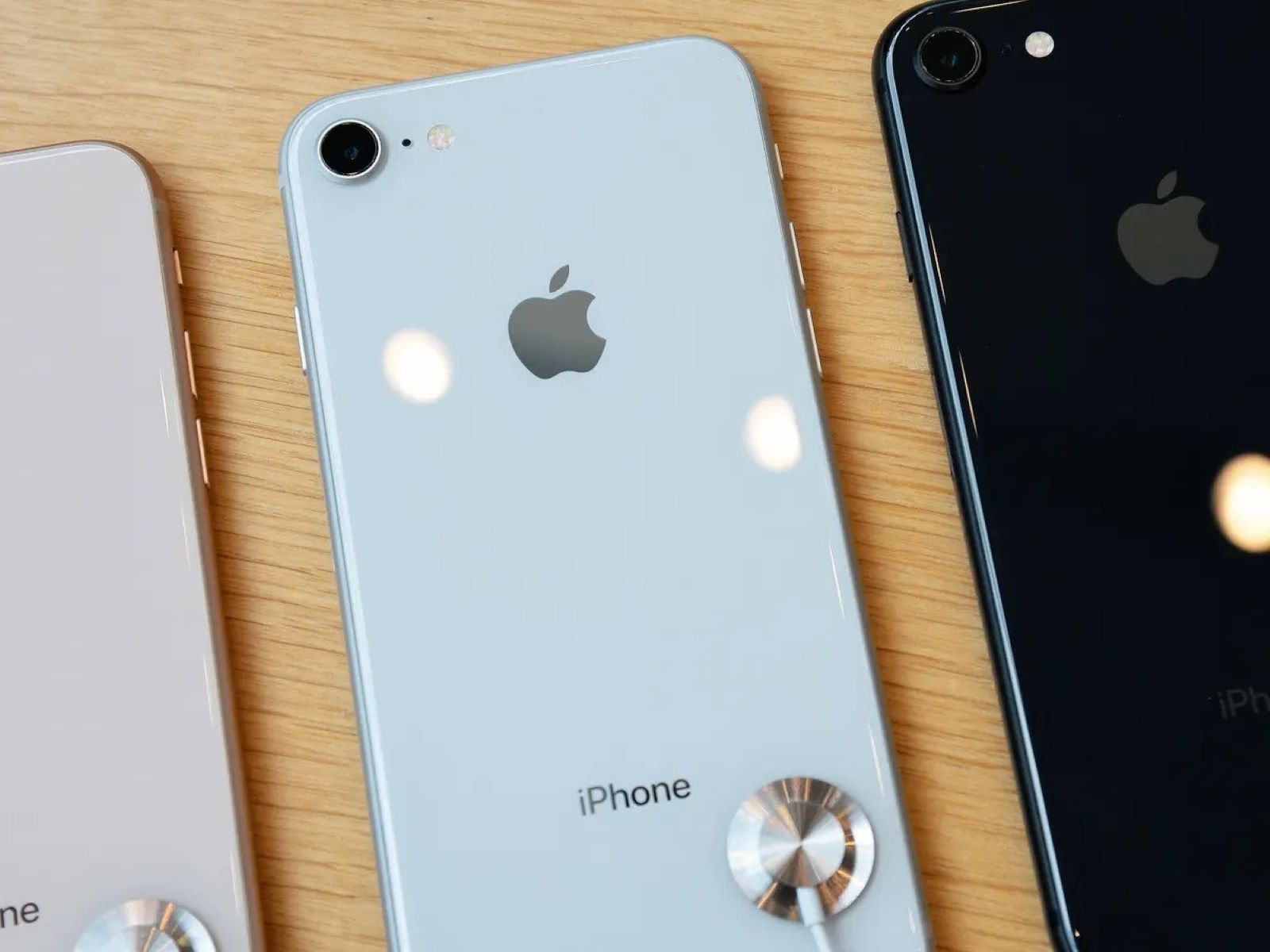

Interior Design Trends
Which Iphones Have Glass Backs
Published: February 7, 2024
Discover the latest interior design trends and find out which iPhones feature stunning glass backs. Explore the perfect blend of style and technology. Unlock the beauty of glass-backed iPhones today!
(Many of the links in this article redirect to a specific reviewed product. Your purchase of these products through affiliate links helps to generate commission for Storables.com, at no extra cost. Learn more)
Introduction
When it comes to the design of iPhones, the materials used play a crucial role in both aesthetics and functionality. One of the key design elements that has evolved over the years is the back panel of the iPhone. The transition from metal to glass backs has not only enhanced the visual appeal of these devices but also facilitated wireless charging capabilities. In this article, we will explore the evolution of iPhone designs, specifically focusing on the incorporation of glass backs in various models. From the iconic iPhone 4 to the latest iPhone 12 lineup, each iteration has brought forth its own unique blend of innovation and style, making the use of glass backs a defining feature in the realm of iPhone design.
Key Takeaways:
- iPhones have evolved from metal to glass backs, enhancing both aesthetics and functionality. The transition to glass backs has facilitated wireless charging and set a new standard for smartphone design.
- From the iconic iPhone 4 to the latest iPhone 12 lineup, the use of glass backs has been a defining feature, showcasing Apple’s commitment to innovation and user-centric design.
Read more: How Much To Fix Iphone 13 Back Glass
iPhone 4 and 4s
The iPhone 4, introduced in 2010, marked a significant shift in iPhone design. It was the first model to feature a glass back, a departure from the aluminum and plastic materials used in its predecessors. This design choice was not merely aesthetic; it also served a functional purpose. The glass back of the iPhone 4 allowed for improved cellular reception, as it did not interfere with wireless signals. Additionally, the use of glass imparted a premium look and feel to the device, setting a new standard for smartphone design.
The iPhone 4s, released in 2011, retained the glass back design introduced with its predecessor. However, Apple made improvements to the glass used in the 4s, making it more robust and scratch-resistant. This refinement addressed concerns about the durability of the glass back, ensuring that the device maintained its sleek appearance even with regular use.
The introduction of the glass back in the iPhone 4 and its subsequent iteration, the 4s, represented a bold step forward in smartphone design. It not only elevated the visual appeal of the devices but also demonstrated Apple's commitment to incorporating innovative materials to enhance both form and function. The use of glass set the stage for future iPhone models, paving the way for advancements in wireless charging technology and further refining the premium look and feel that has become synonymous with the iPhone brand.
iPhone 8 and 8 Plus
The iPhone 8 and 8 Plus, released in 2017, continued the legacy of incorporating glass backs in iPhone design. Building upon the foundation laid by their predecessors, these models introduced advancements in both materials and technology, further solidifying the significance of glass backs in the iPhone lineup.
The glass back of the iPhone 8 and 8 Plus served a dual purpose, seamlessly integrating with the devices' wireless charging capabilities. This marked a pivotal moment in iPhone design, as it not only enhanced the aesthetic appeal but also introduced a new level of convenience for users. The ability to charge the devices wirelessly underscored Apple's commitment to embracing cutting-edge technology while maintaining a sleek and sophisticated design.
In addition to the functional benefits, the glass back of the iPhone 8 and 8 Plus contributed to an enhanced user experience. The smooth, glossy finish exuded a sense of refinement, elevating the overall look and feel of the devices. Furthermore, the glass back allowed for a seamless transition between the display and the rear panel, creating a cohesive and visually striking design.
Apple's attention to detail was evident in the durability of the glass used in the iPhone 8 and 8 Plus. The company employed a custom-engineered glass that was not only robust but also resistant to scratches and everyday wear. This ensured that the devices maintained their pristine appearance, even with regular use, while offering a tactile experience that exuded quality and sophistication.
The introduction of the glass back in the iPhone 8 and 8 Plus represented a harmonious fusion of form and function. It showcased Apple's dedication to refining the iPhone's design language, embracing innovative materials, and integrating advanced features to deliver a compelling user experience. The seamless integration of the glass back with wireless charging capabilities underscored Apple's forward-looking approach to design, setting the stage for future advancements in iPhone technology and aesthetics.
The iPhone 8 and 8 Plus exemplified Apple's unwavering commitment to pushing the boundaries of smartphone design, and the incorporation of glass backs in these models played a pivotal role in shaping the trajectory of iPhone innovation.
The evolution of glass backs in the iPhone lineup has been a testament to Apple's dedication to craftsmanship, innovation, and user-centric design, setting a standard that continues to influence the smartphone industry. As we reflect on the journey from the iPhone 4 to the iPhone 8 and 8 Plus, it becomes evident that the use of glass backs has not only been a defining feature but also a symbol of Apple's relentless pursuit of excellence in both form and function.
iPhone X, XS, and XS Max
The introduction of the iPhone X in 2017 marked a significant milestone in iPhone design, ushering in a new era of innovation and sophistication. With the iPhone X, Apple not only reimagined the concept of a smartphone but also redefined the role of materials in its construction. The use of a glass back in the iPhone X, along with its successors, the XS and XS Max, represented a continuation of Apple's commitment to pushing the boundaries of design and technology.
The glass back of the iPhone X, XS, and XS Max served as a canvas for elegance and functionality. It not only facilitated wireless charging, a feature introduced in the iPhone 8 and 8 Plus, but also contributed to the devices' striking visual appeal. The seamless integration of the glass back with the stainless steel frame resulted in a design that exuded sophistication and modernity, setting a new standard for premium smartphones.
Apple's attention to detail was evident in the construction of the glass back, which featured a durable, custom-engineered material designed to withstand everyday use. This attention to durability and resilience ensured that the devices maintained their pristine appearance, even with regular handling, while offering a tactile experience that reflected quality and craftsmanship.
The use of glass in the iPhone X, XS, and XS Max not only represented a leap forward in design but also underscored Apple's commitment to creating a cohesive and visually stunning user experience. The sleek, glossy finish of the glass back seamlessly complemented the edge-to-edge display, creating a sense of continuity and elegance that transcended traditional smartphone design.
Furthermore, the introduction of the glass back in the iPhone X, XS, and XS Max exemplified Apple's dedication to embracing cutting-edge materials and technologies. By incorporating a glass back that seamlessly integrated with wireless charging capabilities, Apple demonstrated its forward-looking approach to design, setting a new standard for convenience and sophistication in smartphone technology.
In summary, the iPhone X, XS, and XS Max represented a convergence of innovation, craftsmanship, and user-centric design. The incorporation of glass backs in these models not only elevated the aesthetic appeal but also showcased Apple's unwavering commitment to redefining the smartphone experience. As we look to the future, it is evident that the use of glass backs in the iPhone lineup has not only been a defining feature but also a testament to Apple's relentless pursuit of excellence in both form and function.
The iPhone 8, iPhone 8 Plus, iPhone X, iPhone XS, iPhone XS Max, iPhone 11, iPhone 11 Pro, iPhone 11 Pro Max, iPhone 12, iPhone 12 Mini, iPhone 12 Pro, and iPhone 12 Pro Max all have glass backs. Be sure to use a protective case to prevent damage.
iPhone 11, 11 Pro, and 11 Pro Max
The release of the iPhone 11, 11 Pro, and 11 Pro Max in 2019 marked a significant evolution in iPhone design, further refining the incorporation of glass backs as a defining element of the lineup. Building upon the legacy of their predecessors, these models exemplified Apple's unwavering commitment to innovation, craftsmanship, and user-centric design.
The glass back of the iPhone 11, 11 Pro, and 11 Pro Max not only contributed to the devices' aesthetic appeal but also played a pivotal role in enhancing their functionality. The seamless integration of the glass back with the precision-milled matte glass and stainless steel bands exemplified Apple's dedication to creating a cohesive and visually stunning user experience. The refined finishes and meticulous attention to detail underscored the devices' premium craftsmanship, setting a new standard for elegance and sophistication in smartphone design.
In addition to their visual appeal, the glass backs of the iPhone 11, 11 Pro, and 11 Pro Max facilitated wireless charging, further enhancing the user experience. This feature, first introduced in earlier models, underscored Apple's commitment to embracing cutting-edge technology while maintaining a sleek and sophisticated design. The ability to charge the devices wirelessly not only offered added convenience but also represented a seamless fusion of form and function, reflecting Apple's forward-looking approach to design.
Apple's dedication to durability and resilience was evident in the construction of the glass back, which featured a custom-engineered material designed to withstand the rigors of daily use. This attention to detail ensured that the devices maintained their pristine appearance, even with regular handling, while offering a tactile experience that reflected quality and craftsmanship.
The iPhone 11, 11 Pro, and 11 Pro Max represented a harmonious blend of innovation and refinement, showcasing Apple's relentless pursuit of excellence in both form and function. The incorporation of glass backs in these models not only elevated the aesthetic appeal but also demonstrated Apple's commitment to redefining the smartphone experience. As we look to the future, it is evident that the use of glass backs in the iPhone lineup has not only been a defining feature but also a testament to Apple's unwavering dedication to pushing the boundaries of smartphone design.
The evolution of glass backs in the iPhone lineup has been a testament to Apple's dedication to craftsmanship, innovation, and user-centric design, setting a standard that continues to influence the smartphone industry. From the iconic iPhone 4 to the latest iPhone 11 series, the incorporation of glass backs has not only been a design choice but also a symbol of Apple's relentless pursuit of excellence in both form and function.
Read more: How Much To Fix Iphone 11 Back Glass
iPhone 12, 12 Mini, 12 Pro, and 12 Pro Max
The iPhone 12 lineup, comprising the iPhone 12, 12 Mini, 12 Pro, and 12 Pro Max, represents the pinnacle of Apple's dedication to innovation, craftsmanship, and user-centric design. With the introduction of these models, Apple continued to push the boundaries of smartphone design, further refining the incorporation of glass backs as a defining element of the lineup.
The glass back of the iPhone 12, 12 Mini, 12 Pro, and 12 Pro Max exemplifies a seamless fusion of elegance and functionality. Building upon the legacy of their predecessors, these models feature a precision-milled back glass that not only enhances the devices' aesthetic appeal but also contributes to their structural integrity. The flat-edge design, combined with the durable glass back, creates a cohesive and visually striking user experience, setting a new standard for modern smartphone design.
In addition to their visual appeal, the glass backs of the iPhone 12 lineup facilitate wireless charging, underscoring Apple's commitment to embracing cutting-edge technology while maintaining a sleek and sophisticated design. The ability to charge the devices wirelessly not only offers added convenience but also represents a harmonious integration of form and function, reflecting Apple's forward-looking approach to design.
Apple's dedication to durability and resilience is evident in the construction of the glass back, which features a custom-engineered material designed to withstand the demands of daily use. This attention to detail ensures that the devices maintain their pristine appearance, even with regular handling, while offering a tactile experience that reflects quality and craftsmanship.
The iPhone 12, 12 Mini, 12 Pro, and 12 Pro Max exemplify a harmonious blend of innovation and refinement, showcasing Apple's relentless pursuit of excellence in both form and function. The incorporation of glass backs in these models not only elevates the aesthetic appeal but also demonstrates Apple's commitment to redefining the smartphone experience. As we look to the future, it is evident that the use of glass backs in the iPhone lineup has not only been a defining feature but also a testament to Apple's unwavering dedication to pushing the boundaries of smartphone design.
The evolution of glass backs in the iPhone lineup has been a testament to Apple's dedication to craftsmanship, innovation, and user-centric design, setting a standard that continues to influence the smartphone industry. From the iconic iPhone 4 to the latest iPhone 12 series, the incorporation of glass backs has not only been a design choice but also a symbol of Apple's relentless pursuit of excellence in both form and function.
Conclusion
The evolution of iPhone design, particularly the incorporation of glass backs, has been a testament to Apple's unwavering commitment to innovation, craftsmanship, and user-centric design. From the iconic iPhone 4 to the latest iPhone 12 lineup, each iteration has showcased the seamless fusion of elegance and functionality, setting a new standard for modern smartphone design.
The transition from metal to glass backs not only enhanced the visual appeal of iPhones but also facilitated the integration of advanced features such as wireless charging. The use of glass backs represented a pivotal shift in the smartphone industry, underscoring Apple's dedication to embracing cutting-edge materials and technologies while maintaining a sleek and sophisticated design language.
The iPhone 4 and 4s laid the foundation for the incorporation of glass backs, setting a new standard for premium smartphone design. The introduction of the glass back not only improved cellular reception but also exemplified Apple's commitment to pushing the boundaries of materials and construction techniques.
Subsequent models, including the iPhone 8, 8 Plus, X, XS, XS Max, 11, 11 Pro, and 11 Pro Max, continued to refine the use of glass backs, showcasing Apple's relentless pursuit of excellence in both form and function. The seamless integration of the glass back with wireless charging capabilities underscored Apple's forward-looking approach to design, setting a new standard for convenience and sophistication in smartphone technology.
With the iPhone 12, 12 Mini, 12 Pro, and 12 Pro Max, Apple reached new heights in smartphone design, further solidifying the significance of glass backs as a defining element of the lineup. The precision-milled back glass, combined with the flat-edge design, exemplifies a seamless fusion of elegance and functionality, setting a new standard for modern smartphone design.
In conclusion, the evolution of glass backs in the iPhone lineup has not only been a design choice but also a symbol of Apple's relentless pursuit of excellence in both form and function. The incorporation of glass backs has set a standard that continues to influence the smartphone industry, reflecting Apple's dedication to craftsmanship, innovation, and user-centric design. As we look to the future, it is evident that the use of glass backs will remain a defining feature, representing Apple's unwavering commitment to pushing the boundaries of smartphone design.
Frequently Asked Questions about Which Iphones Have Glass Backs
Was this page helpful?
At Storables.com, we guarantee accurate and reliable information. Our content, validated by Expert Board Contributors, is crafted following stringent Editorial Policies. We're committed to providing you with well-researched, expert-backed insights for all your informational needs.
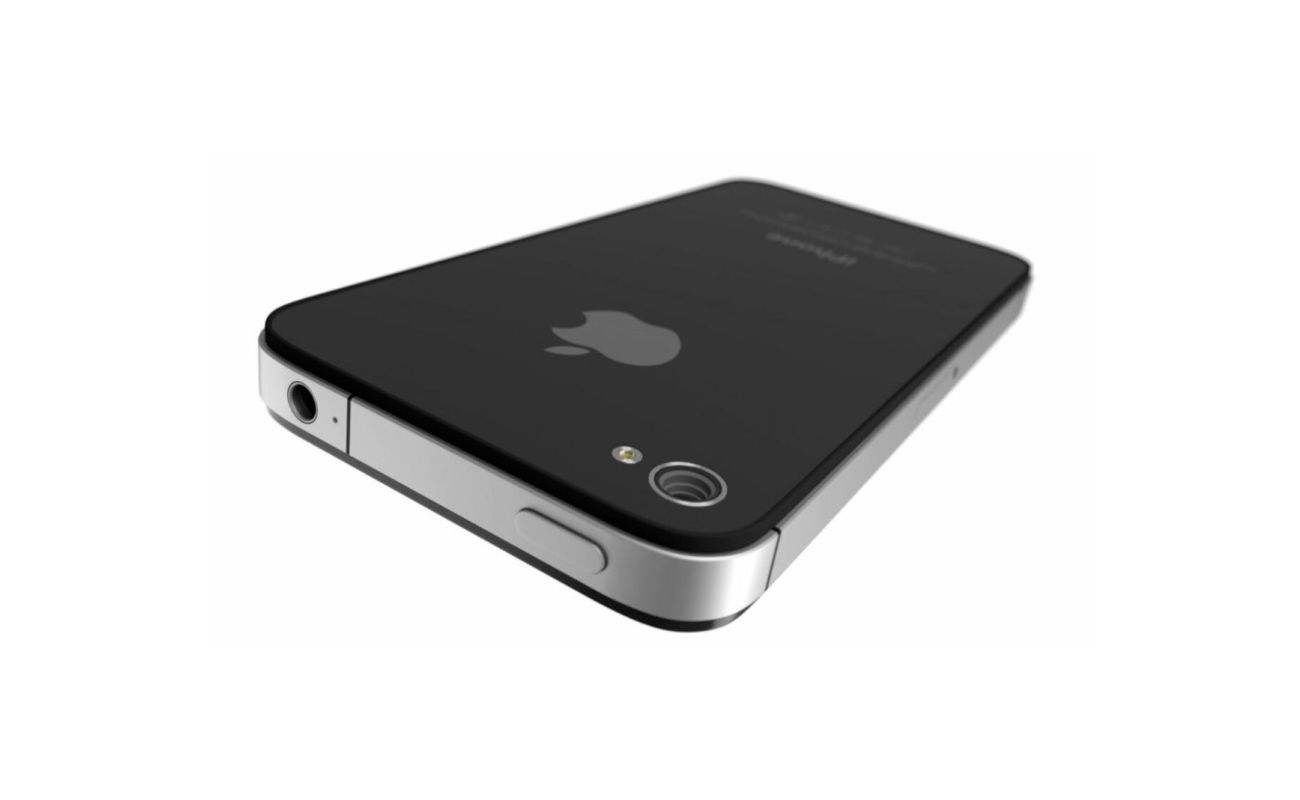
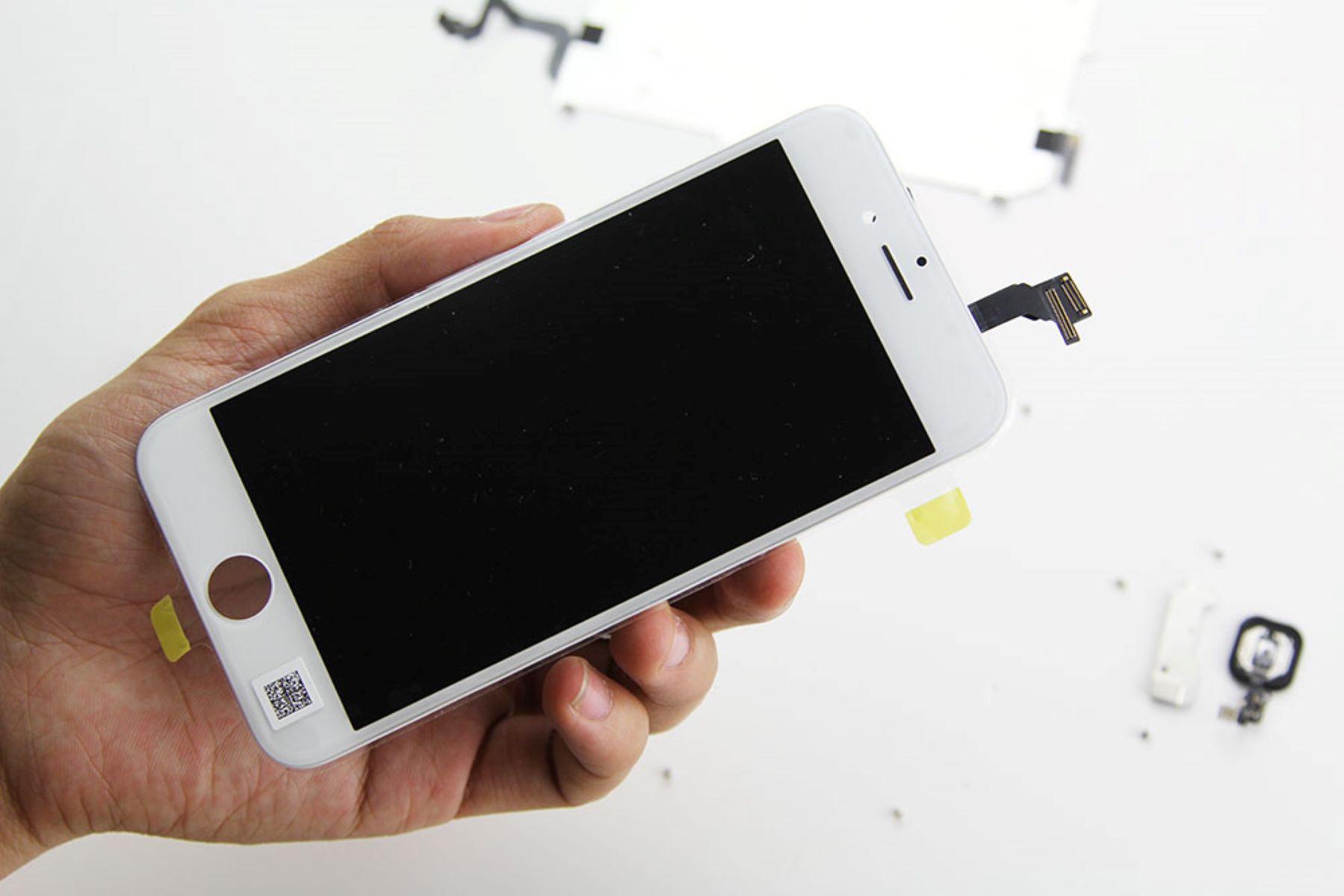
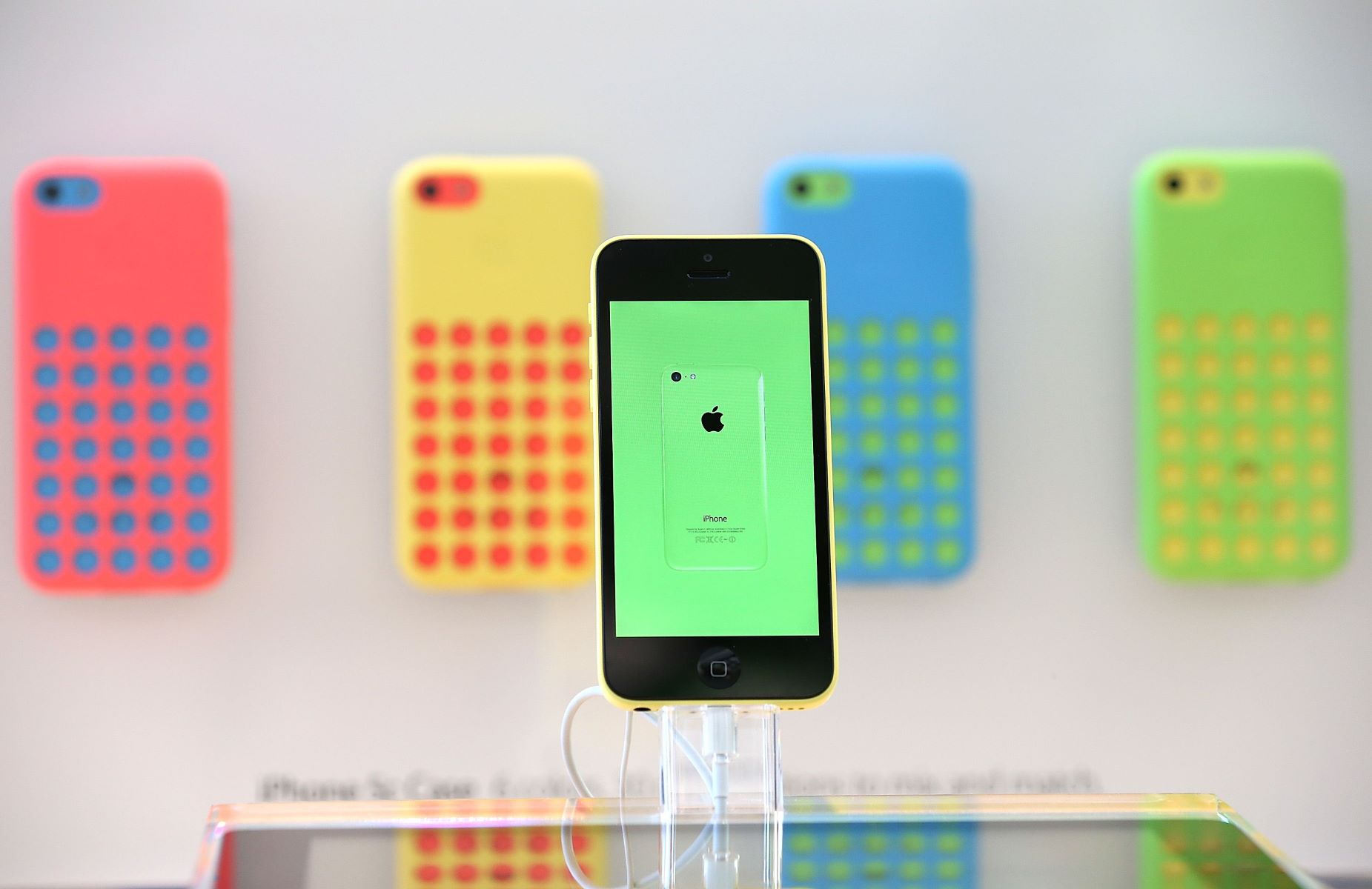
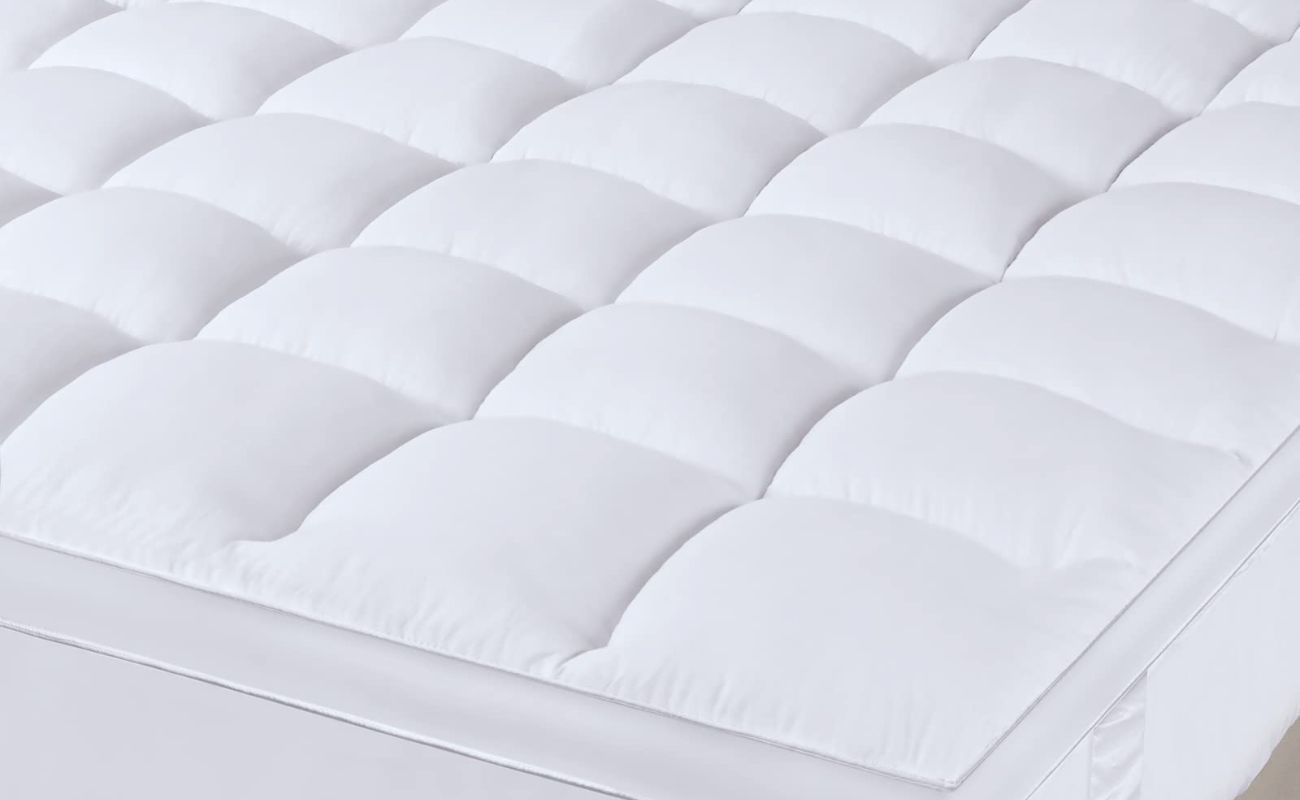
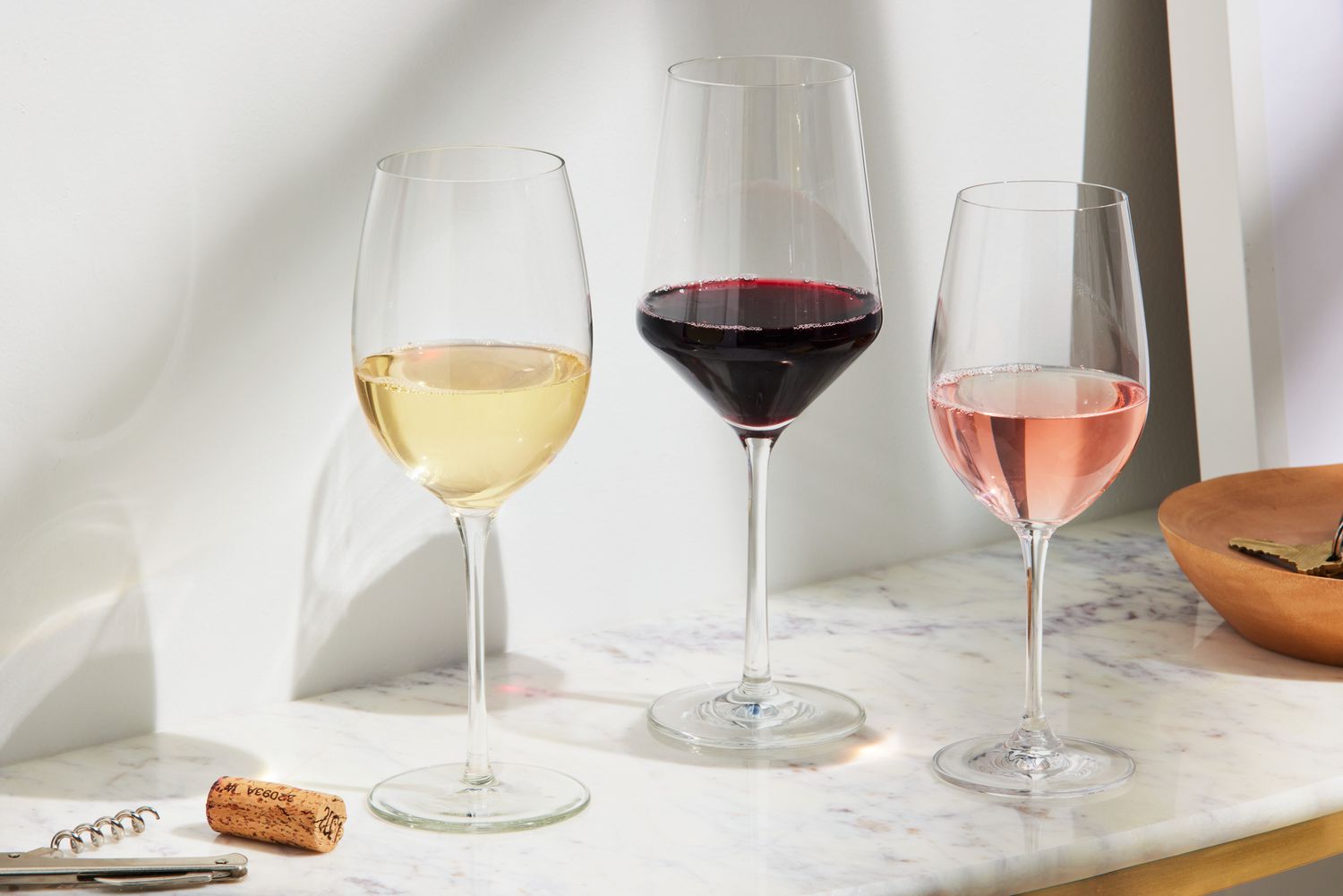
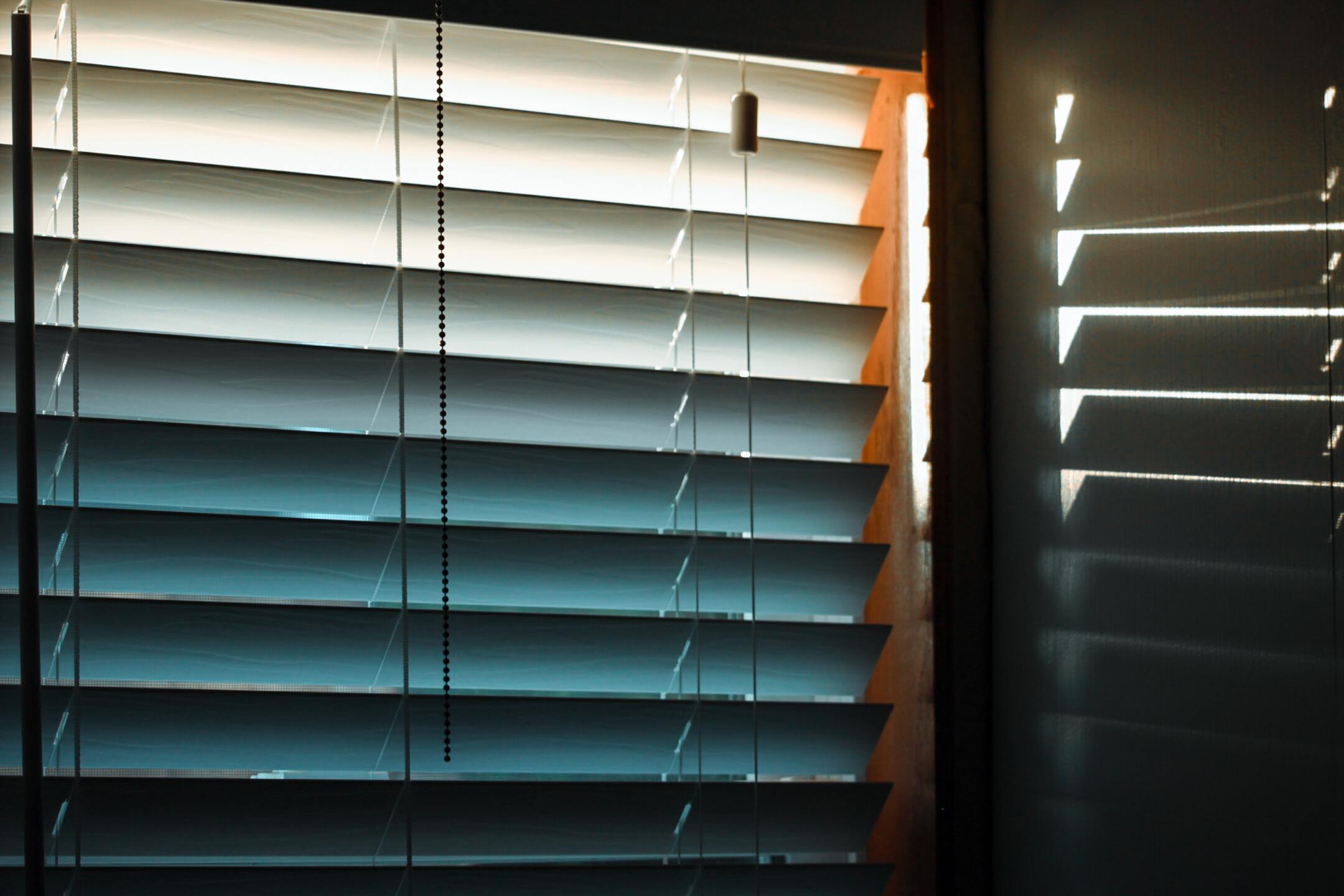
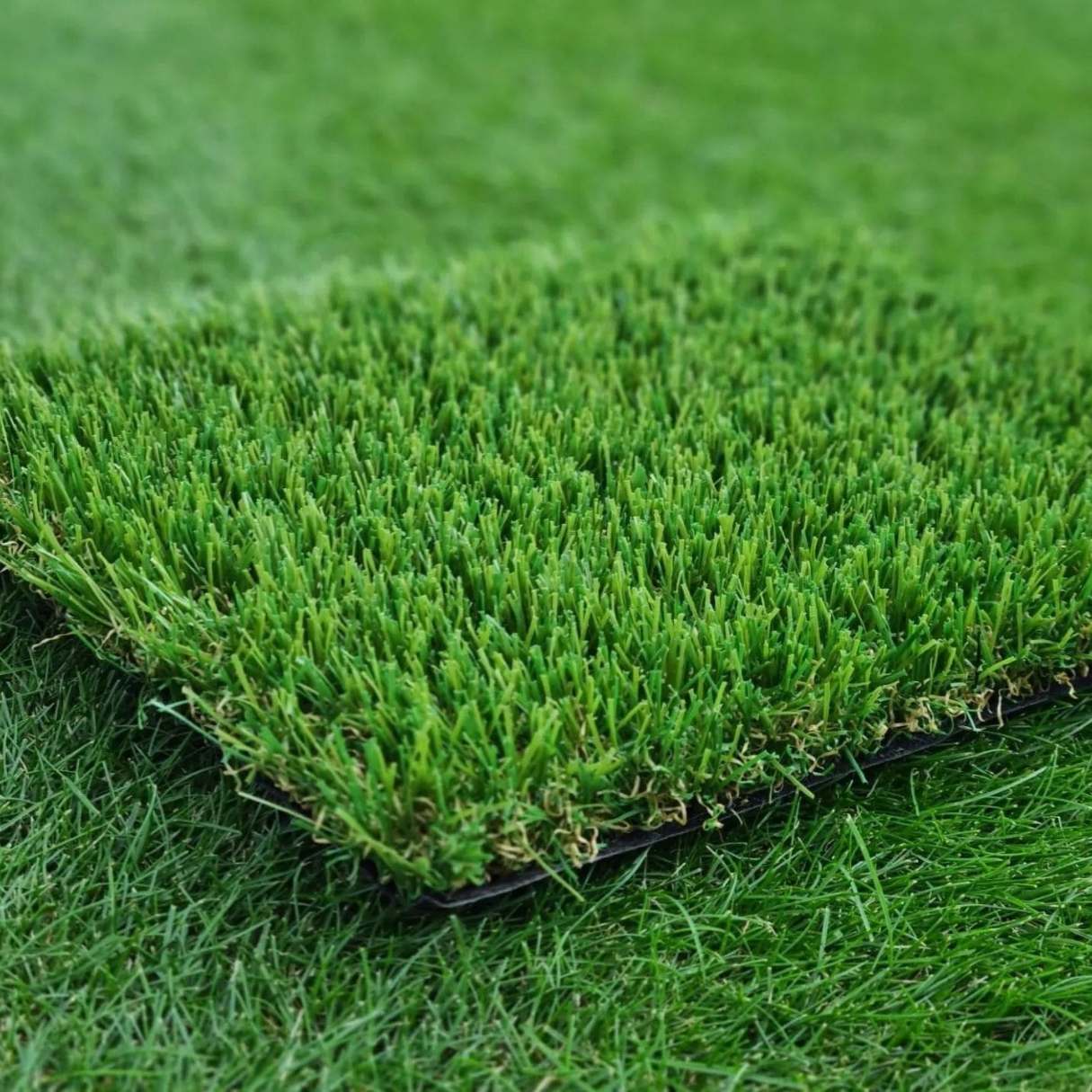
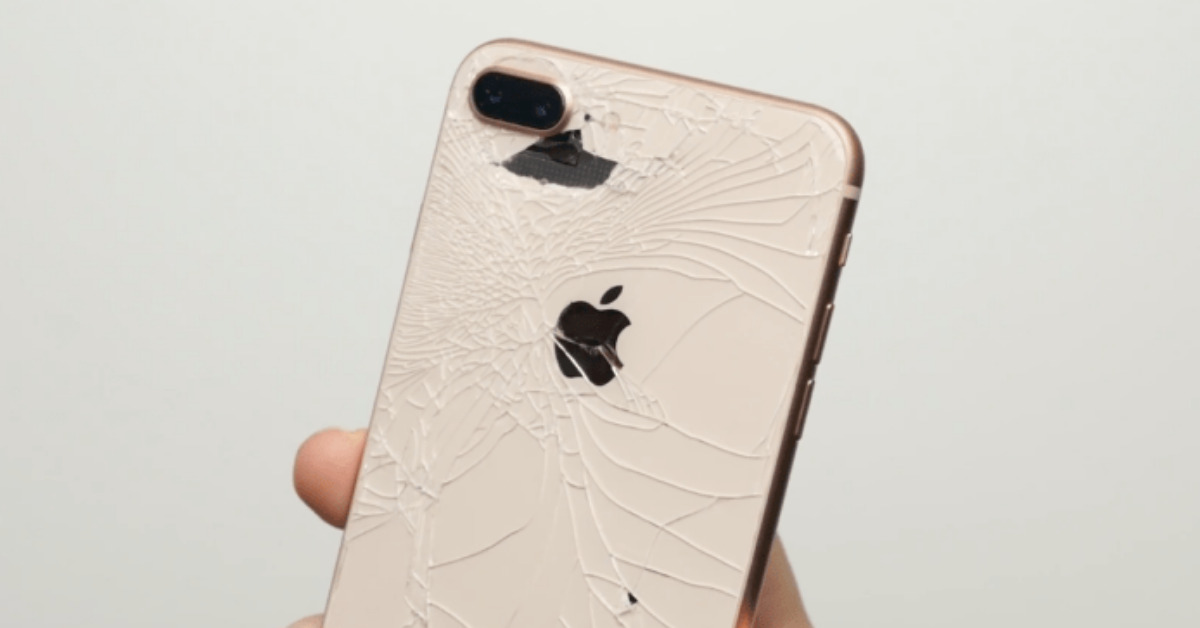
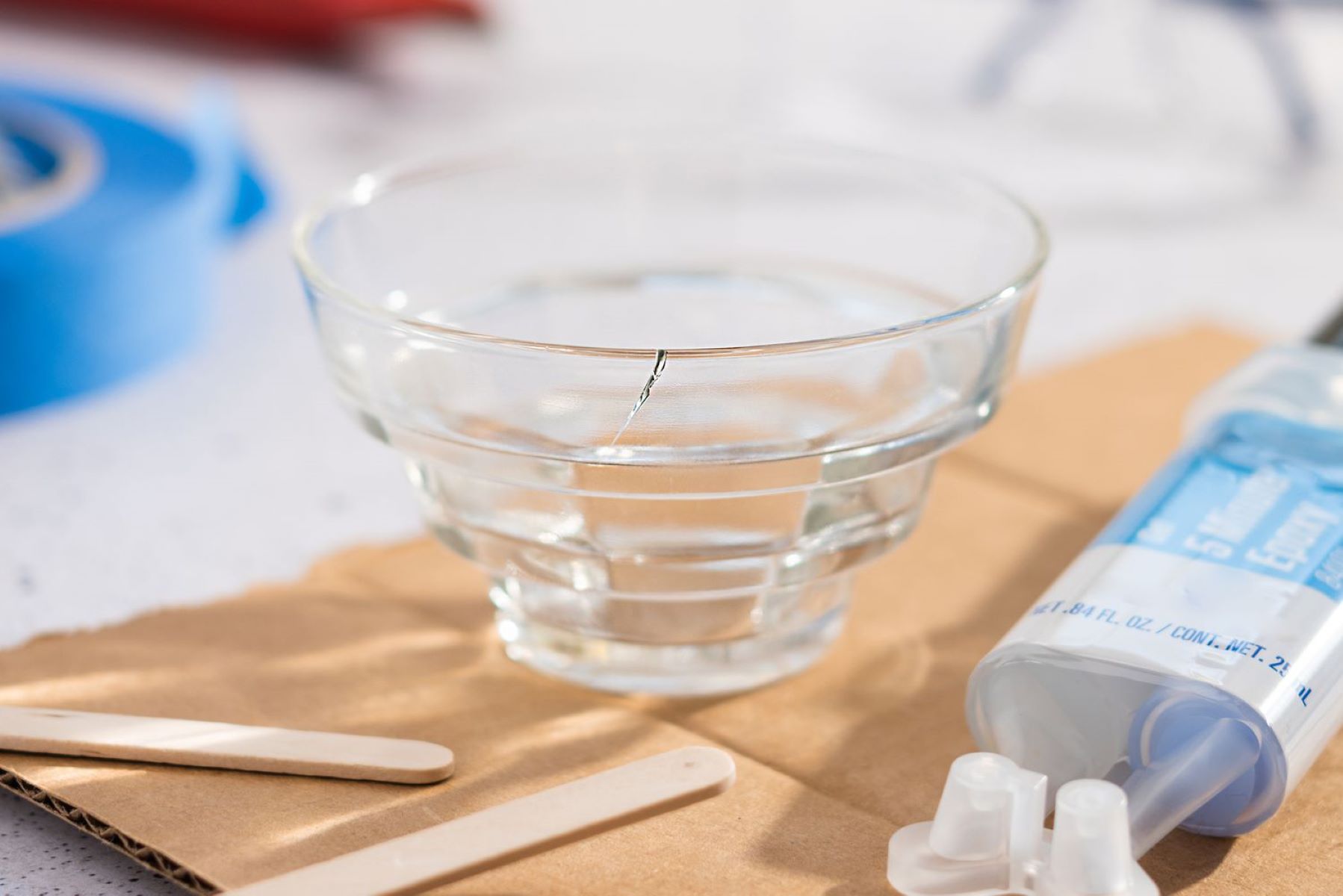

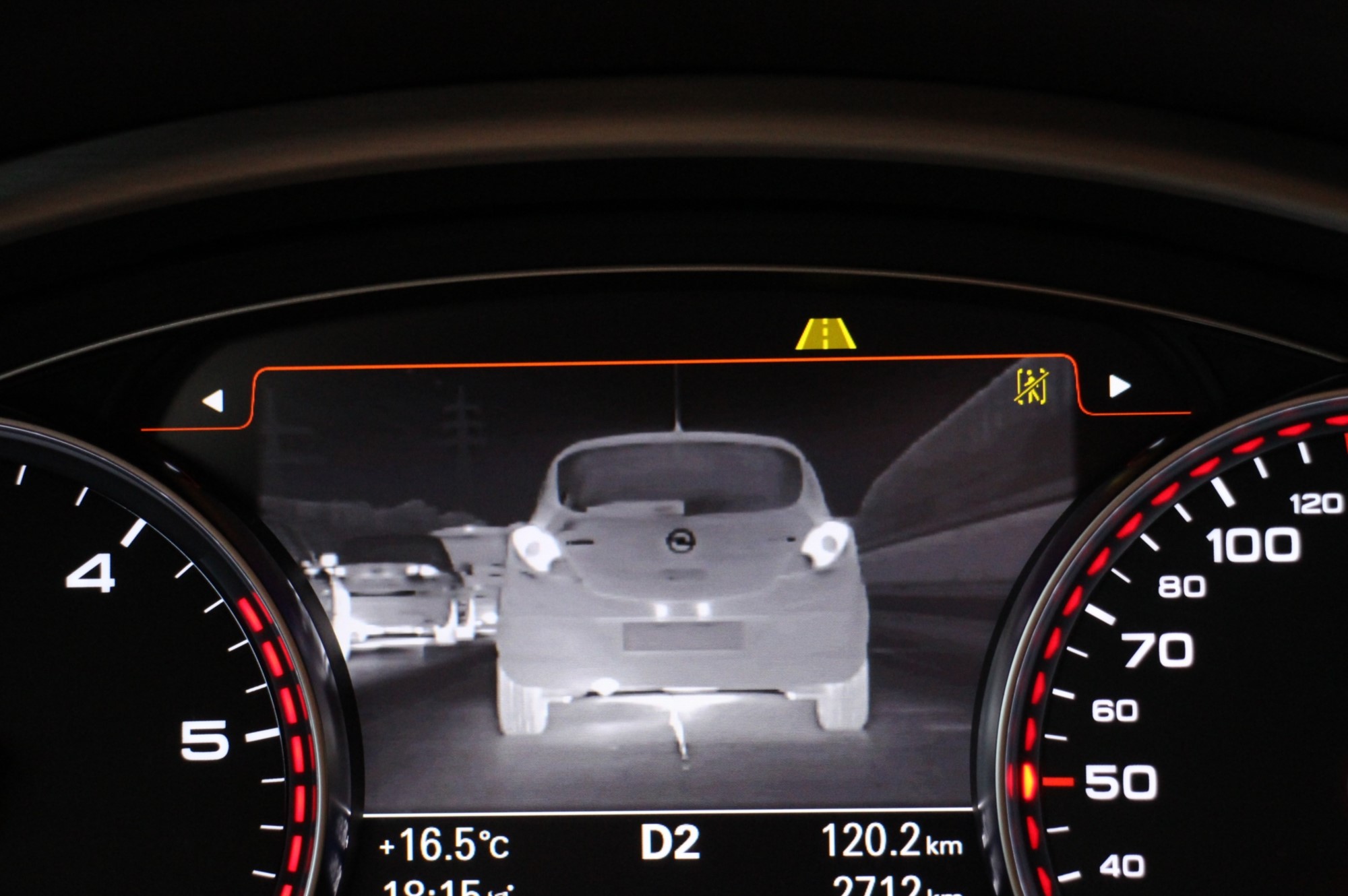
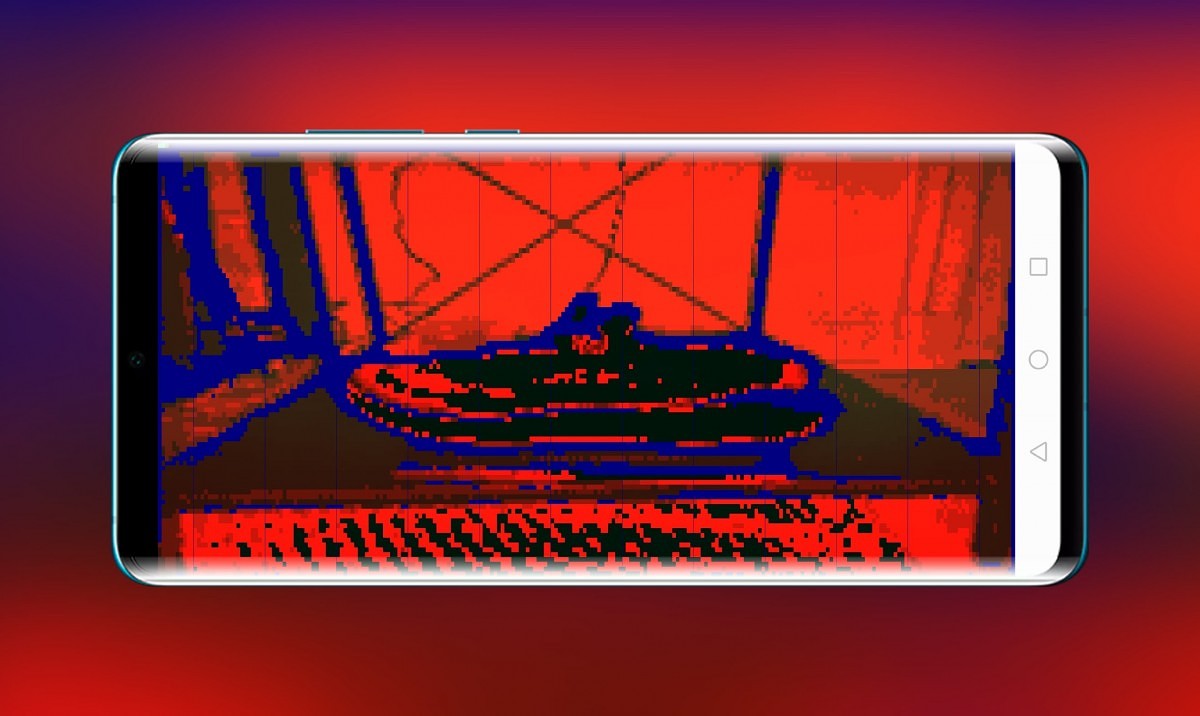
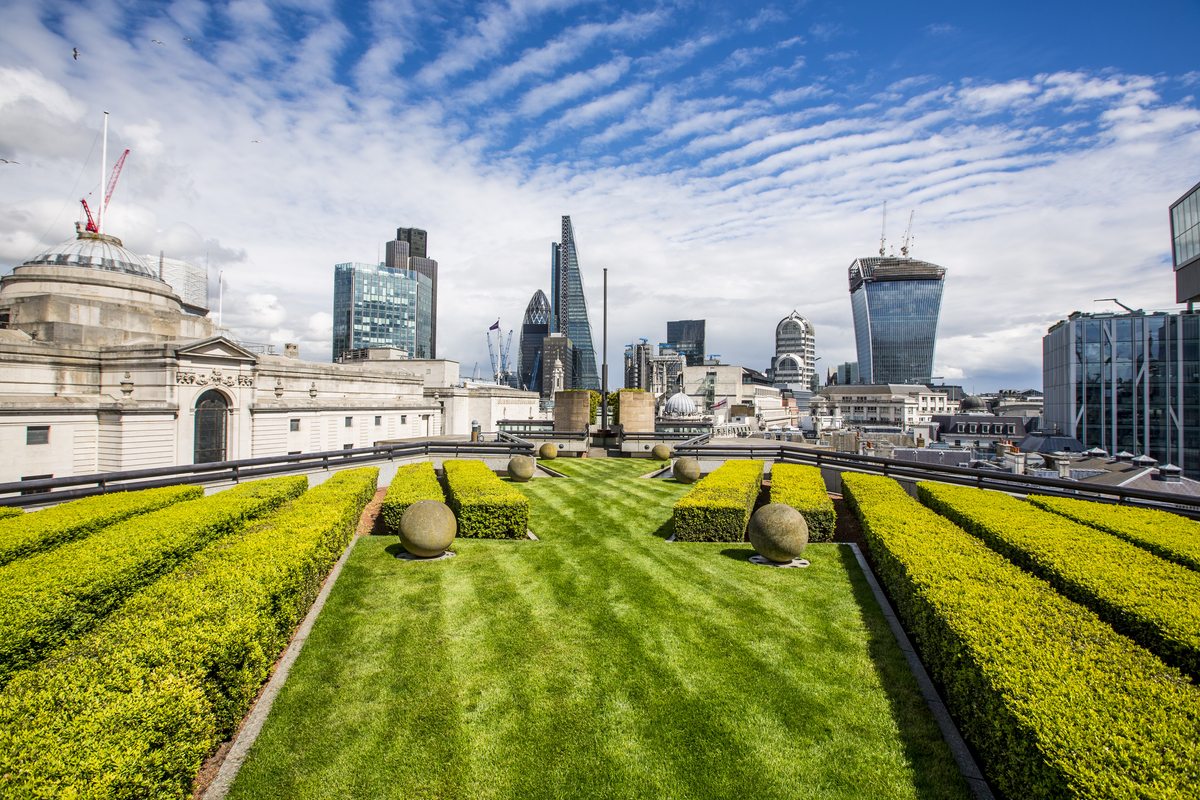
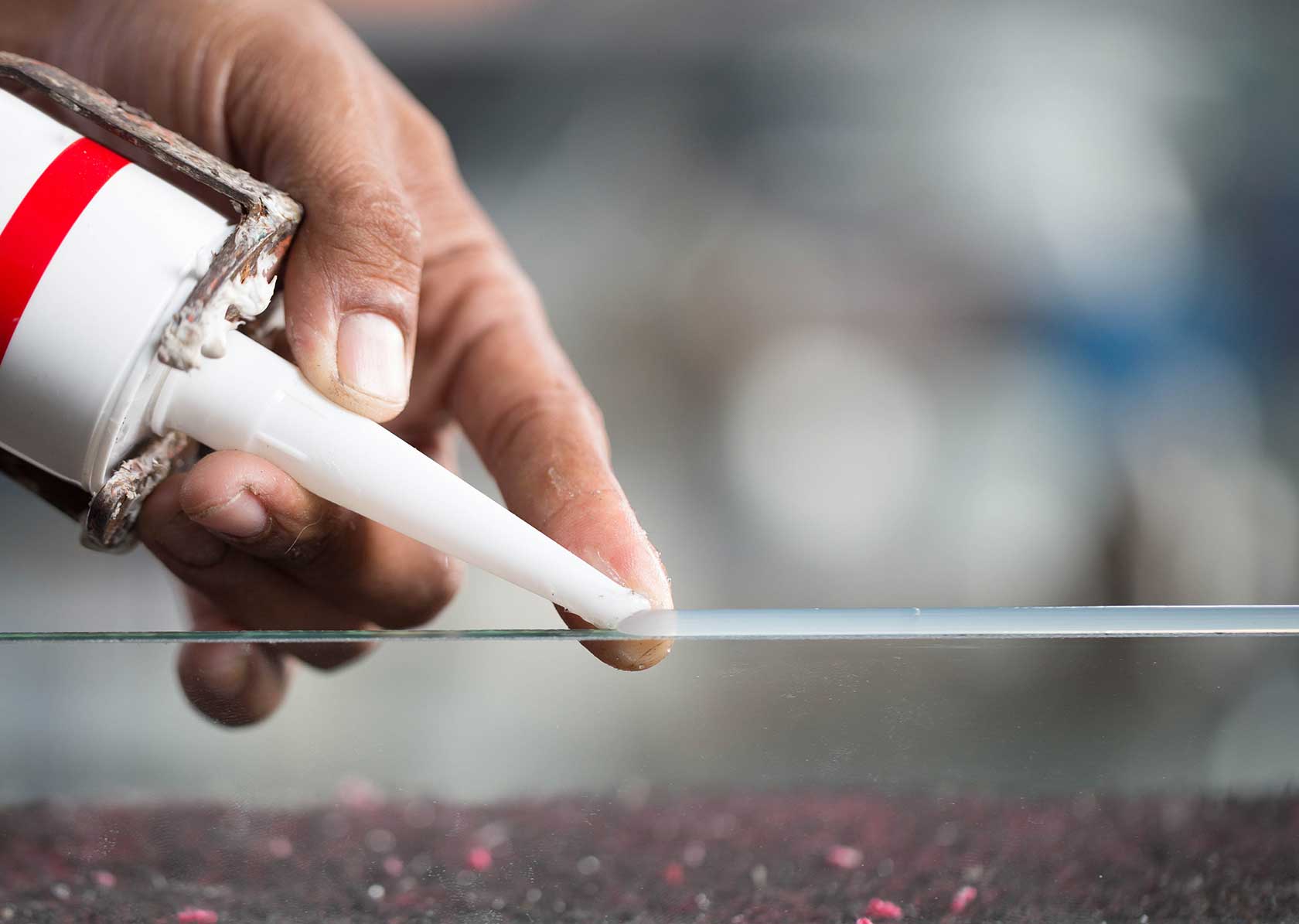

0 thoughts on “Which Iphones Have Glass Backs”